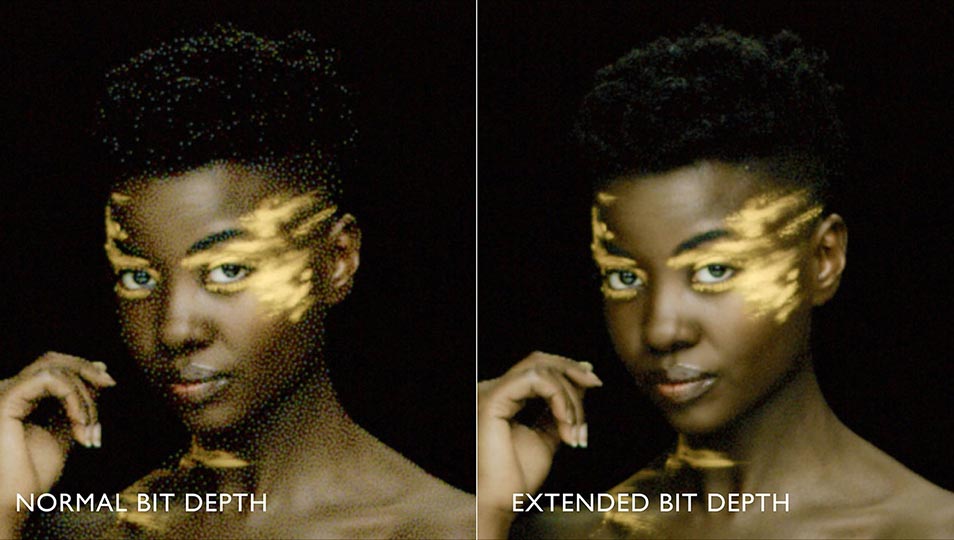It has been a fantastic few weeks for Brompton Technology, as the company has claimed three different awards, celebrating its position as the industry-leader for LED-on-camera applications.
“We were proud to receive a prestigious Lumiere Award from the Advanced Imaging Society recognising the Tessera SX40 for its ‘pivotal role in the in-camera visual effects revolution currently sweeping the industry’, as well as a Product of the Year award at the NAB show for the innovative features of our Tessera v3.3 software, and an InAVation Award for Best Research & Development,” says Brompton’s CEO, Richard Mead.”
He continues, “Hot on the heels of these triumphs, we’re excited to announce two major feature advances as part of our Tessera v3.4 software release: Extended Bit Depth and Stacking. These features enhance our already compelling feature-set, which is well-established as the processing of choice for both major live events and film and television production. The best just got better!”
Brompton’s Tessera processing has been making a big impression in virtual production lately, and the new Extended Bit Depth and Stacking features will help film and VP professionals take workflows and image quality to the next level. Brompton processing has long been an established industry leader with live events and AV professionals, who will also enjoy useful new advances and improvements in v3.4.
Extended Bit Depth unlocks higher PWM bit depth output with a free firmware update for all existing and new panels fitted with the Brompton R2 or R2+ receiver card. Up to 3.3 additional bits of precision improves low-brightness performance – reducing visual artefacts and bringing out additional detail and nuance in dark areas of the image. This substantial increase in dynamic range offers a significant boost in performance that is hard to ignore for ICVFX and other LED on camera applications.
With Extended Bit Depth, you can also reproduce HDR content up to 10 times darker than previously possible, without compromising peak brightness for HDR highlights. When configured for use on-camera with a shutter angle of 180°, calibrated measurements confirm that a typical 2160 Nits panel using Extended Bit Depth and Dark Magic can render brightness levels as low as 0.00024 Nits – a mere 0.000011% of the peak brightness. It does not reduce the peak brightness of the panel, so HDR highlights can still be displayed to their full potential, resulting in a contrast ratio of over 9,000,000 : 1 and over 23 stops of dynamic range.
Many setups utilise multiple processors working together to drive different parts of a single LED screen. The second new feature of Tessera v3.4 – Stacking – which is available on Tessera SX40 and S8 processors, allows multiple processors in a setup to be controlled together in unison.
Any setting adjustment made on the leading processor will be automatically applied to all the others in the stack, saving users time as they don’t need to apply adjustments to each processor individually. It is also possible to customise which parameters will be synchronised across the stack, giving flexibility to suit a wide variety of applications – including both backup (failover) processors and control of large LED volumes. Multiple stacks of processors can co-exist on a single LAN, allowing for versatile setups with quicker and greatly simplified control. Tessera v3.4 is now available as beta software for evaluation. For more information, software downloads, and to see examples of Extended Bit Depth in action, visit the Brompton website on www.bromptontech.com




















































